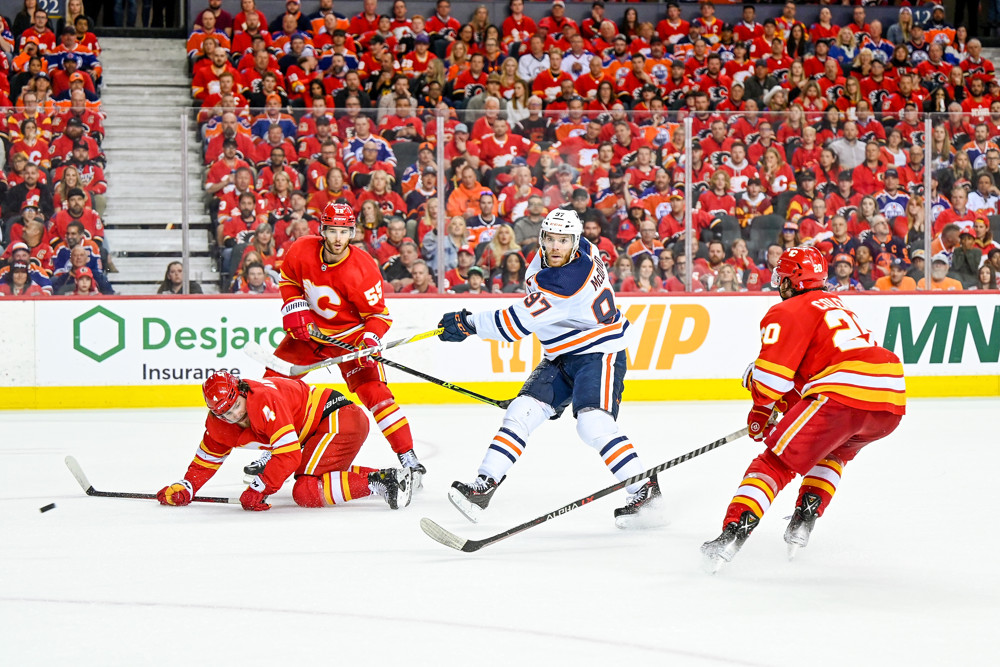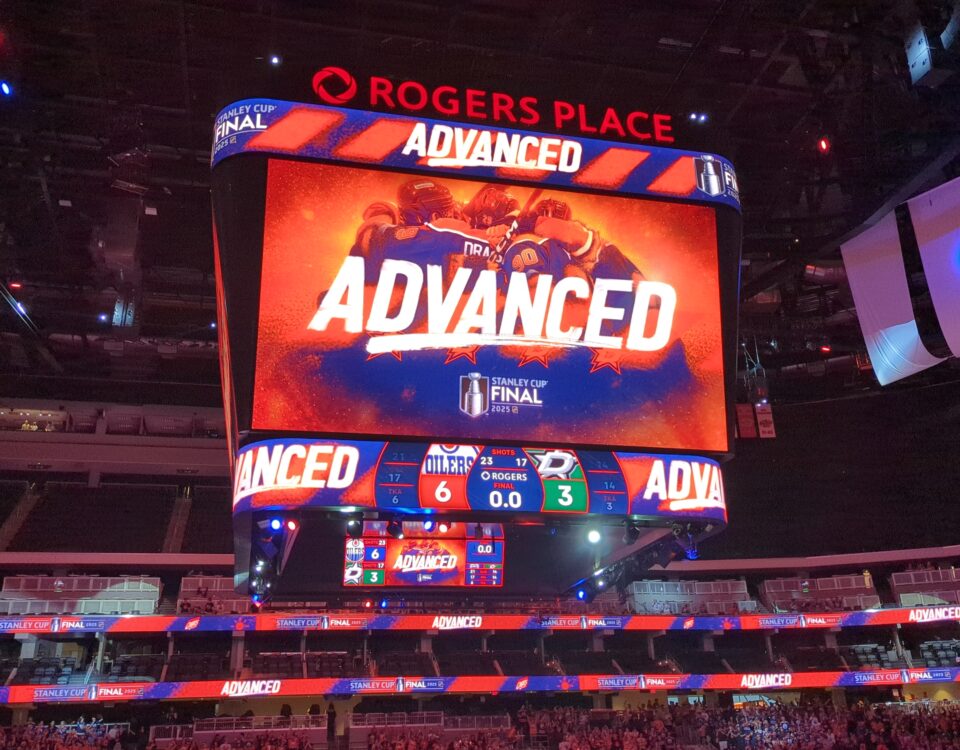
3 Oilers’ forwards who will be counted on the most during McDavid and Draisaitl’s absences
March 22, 2025
Stan Bowman is confident the Oilers will sign Connor McDavid to a contract extension
March 26, 2025March 25, 2025 by Jackie Bondurant
Ladies and gentlemen, buckle up your chin straps and grab your popcorn because we’re about to take a short dive into the world of the NHL points system. Just like a climactic final scene in a cheesy sports movie, the current point system is in dire need of an upgrade. It’s time to ditch the outdated 2-1-0 point system and embrace the 3-2-1 point system – something as refreshing as a cold drink on a scorching summer day!
Let’s face it, the current point system is about as clear as a foggy night in a horror film. Teams are battling for points like kids scrapping over the last slice of cake at a birthday party, leaving fans scratching their heads as to how a team with 70 points can be in the playoff hunt while another with 72 is already planning their golf schedule. It’s like trying to find the remote control when you’re already settled on the couch.
Just to set the scene, here’s how the standings currently look in the Western Conference:
Central Division:
Jets – 100
Stars – 94
Avalanche – 89
Pacific Division:
Golden Knights – 92
Kings – 87
Oilers – 87
Wild-card:
Wild – 85
Blues – 81
Canucks 78
Flames – 77
Hockey Club – 75
With this playoff picture, it feels a bit like a reality show where everyone is wondering who will get voted off the island next!
Now, let’s sprinkle some magic onto those standings and see what they would look like under the 3-2-1 point system:
Central Division:
Jets – 138
Stars – 126
Avalanche – 124
Pacific Division:
Golden Kinghts – 132
Kings – 122
Oilers – 117
Wild-card:
Wild – 111
Blues – 103
Flames – 99
Canucks – 97
Hockey Club – 97
The standings may look like a calm pond at first glance, but if teams were fishing for 3 points instead of just hoping to snag a single one in overtime, you can bet the coaching strategies would turn into a full-blown frenzy, like a feeding frenzy of sharks, with intensity in the third period cranked up to eleven!
Imagine a world where the point system is as straightforward as scoring a goal in a video game. Under the 3-2-1 system, teams earn:
- 3 points for a regulation win (like finding a $20 bill in your winter coat),
- 2 points for an overtime win (a nice little reward for going the extra mile, like finishing a marathon after a long night of binge-watching),
- 1 point for an overtime loss (a birthday goodie bag that says, “Hey, thanks for coming!”).
This system not only rewards teams but also makes it easier for fans, even your grandma who thinks “icing” is just for cakes, to understand.
Picture this: the final moments of a tied Battle of Alberta game, both teams looking for that regulation win like it’s the last piece of pizza at a party. With the current system, winning in overtime feels like receiving a participation trophy at a kids’ soccer game—nice, but not exactly thrilling. However, with a 3-2-1 system, every second counts, and fans will be on the edge of their seats, cheering like they’ve just spotted a rainbow unicorn on the ice during a power-play.

In all seriousness, NHL brass, it’s time to embrace change. The 3-2-1 point system presents a golden opportunity for the league to create a more dynamic and engaging environment for both teams and fans. By incentivizing regulation wins, it encourages teams to play more aggressively and strategically, ultimately enhancing the quality of the game.
Simplifying the standings will also make it easier for fans to understand playoff implications, creating more engagement and excitement. In essence, this system can elevate the NHL experience, much like a perfectly executed power play that results in a goal—except without the awkward moments of everyone staring at the puck like it’s a cat caught in a laser pointer chase.



1 Comment
Ok, this is pretty funny, but I get the point (no pun intended) but what about shoot outs?